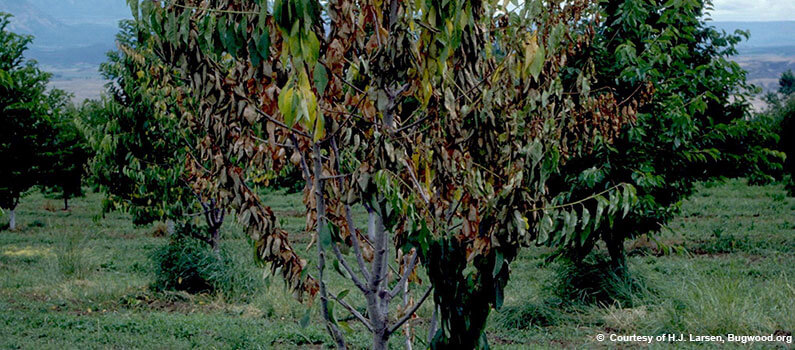
Verticillium Wilt
A soil-borne disease, verticillium causes wilting, decline, and failure of many species of landscape plants. Irrigation and pruning aid in recovery of affected plants. The site must be replanted with a resistant variety if plantings are replaced.
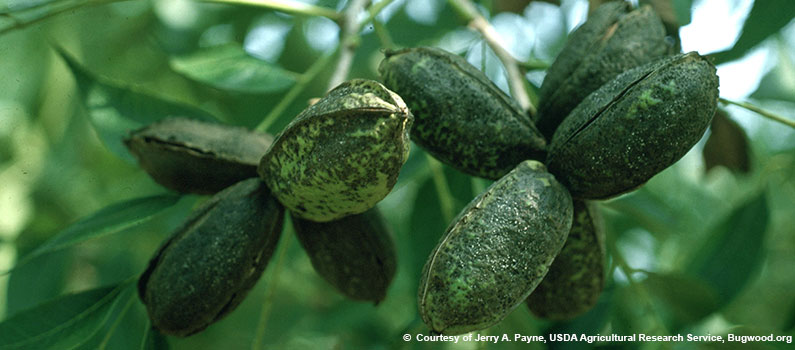
Scab
Scab is a foliage disease that produces raised, dark lesions on leaves, and premature defoliation of apples and crabapples. Applying fungicide treatments in spring, removing fallen leaves, and planting resistant varieties are the key considerations in controlling this disease.
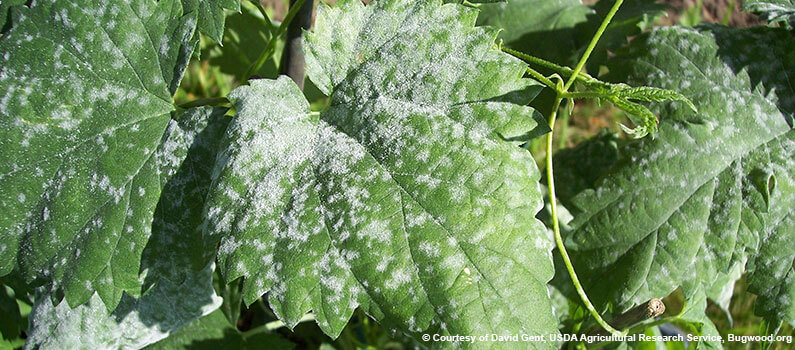
Powdery Mildew
Powdery Mildew is a foliage disease which usually begins to appear in summer, when the weather turns warm and humid. Dogwood, lilac, rose, and crape myrtle are among the species that are most susceptible to mildew. Thinning dense plants and using preventative fungicide treatments help suppress this disease.
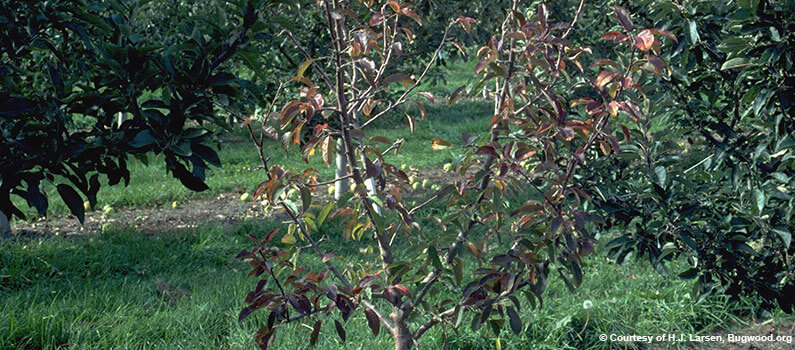
Phytophthora Root Rot
This fungus disease causes root rot and stem cankers on many landscape trees and shrubs. Phytophthora is most prevalent in clay soils that are poorly drained, and on sites receiving excessive irrigation. Fungicide treatments are available to suppress this disease. Judicious irrigation and careful selection of plant species for sites prone to root rot are keys to avoiding the disease.
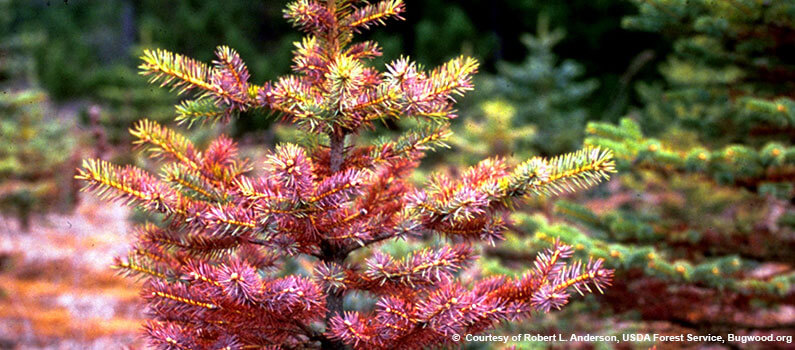
Needlecast
Needlecast is a fungus disease which causes premature defoliation of spruce, Douglas fir, and pine. Chronic infections will devitalize trees, causing branch dieback, especially on the lower portions of the tree. Although treatments are available to suppress this disease, planting conifers in full sun with adequate spacing to allow development is the key to prevention.
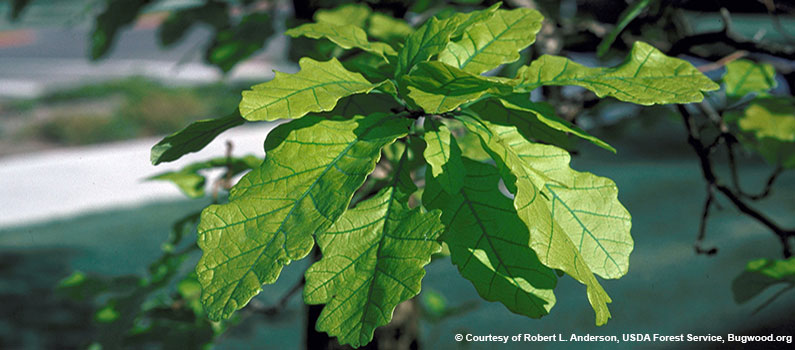
Iron Chlorosis
In eastern Nebraska, it is common to see slow-growing pin oak or silver maple trees with yellow leaves and possibly some branch die back. Many trees, shrubs, and other ornamental plantings in Nebraska suffer from this disease, called iron chlorosis. It is caused by poorly drained or compacted soils, or by soils with a high calcium content, characterized by pH levels above 7.5. This high pH level causes iron, which is usually present in plentiful
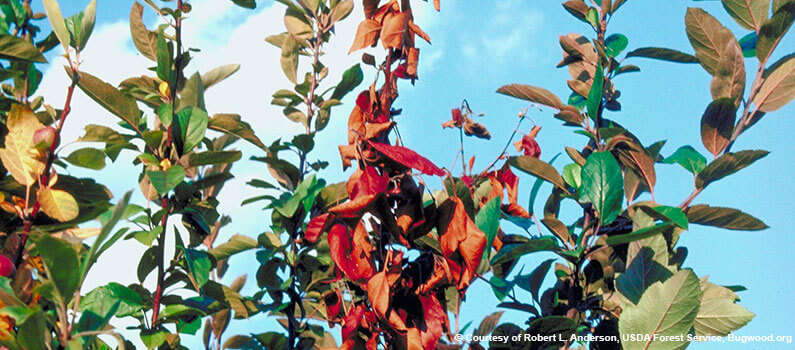
Fireblight
A bacterial disease, Fireblight causes shoot blight and stem cankers on certain plants in the rose family. Pear, apple, and crabapple trees are also affected. Highly susceptible species can be severely disfigured and even killed by this disease. In addition to preventive treatment to manage fireblight, many highly resistant apple, crabapple, and pear varieties are available.
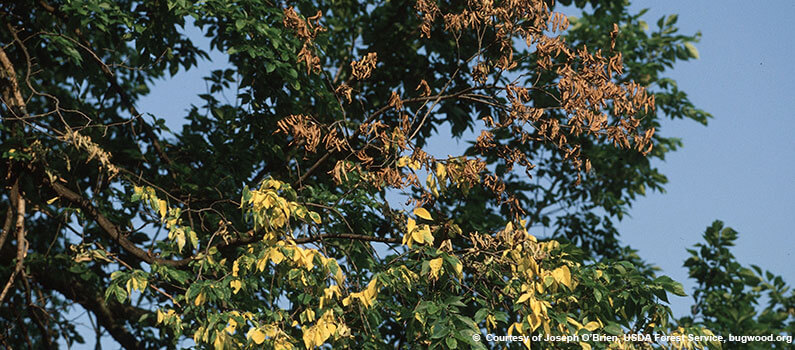
Dutch Elm Disease
This fungus disease affects the vascular system of the elm, causing a rapid wilting and failure to all American and European species of elm. Millions of elms throughout North America and Europe have died due to this disease. Today, many new treatments are available to combat DED. Treatments include a new biological control agent. Hybrid elms and several new selections of American elm that show resistance to the disease have been developed.
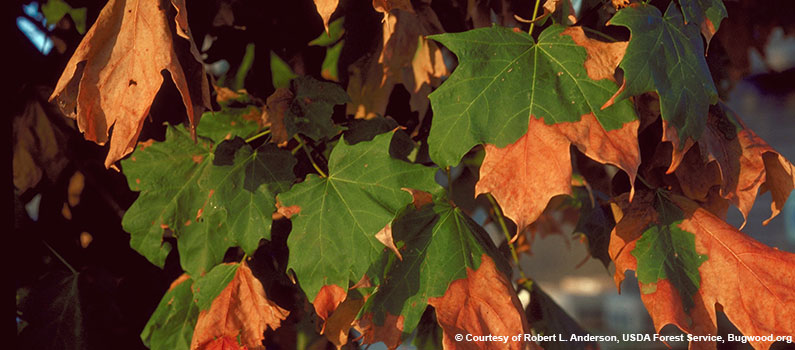
Drought (Moisture Stress)
This is a non-infectious disease which accounts for most plant losses. Moisture stress is a particular concern for shallow-rooted plants such as dogwood or azalea. Recent transplants should be monitored, and judicious use of irrigation and proper mulching are critical for sensitive plants.
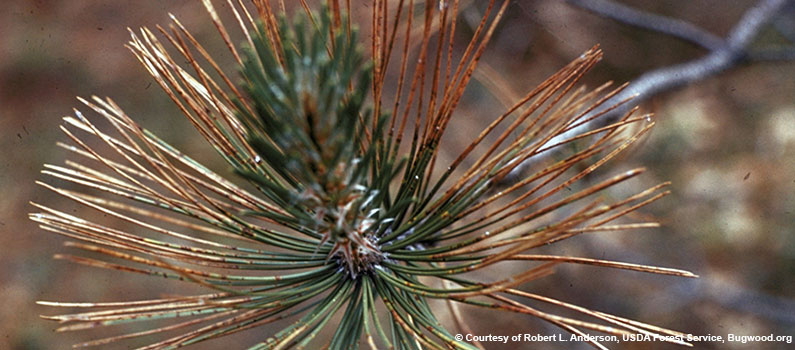
Dothistroma Needle Blight
Dothistroma Needle Blight is one of the most common fungal diseases of pines in Nebraska. This disease is responsible for much of the premature needle drop that occurs in windbreaks and ornamental pine plantings. Twenty pine species are affected by this disease. It is found most commonly in the central and eastern United States and causes the greatest amount of damage on Austrian and Ponderosa pine. Scotch pine is usually not severely damaged. Symptoms of
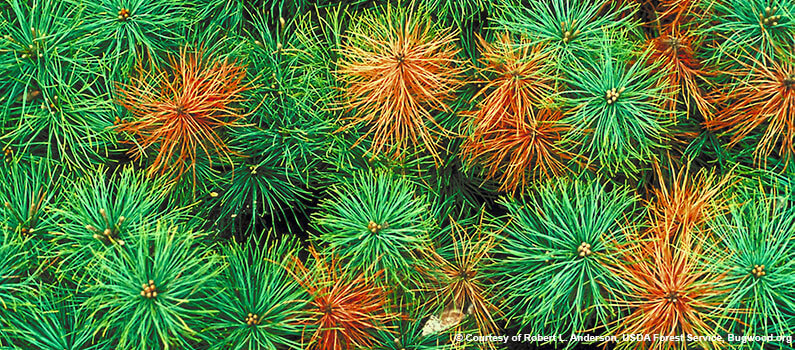
Diplodia Tip Blight
Diplodia Tip Blight, formerly known as Sphaeropsis Tip Blight, is one of the most damaging diseases of pines in Nebraska. It is caused by Sphaeropsis sapinea, and causes browning and death of branch tips. The fungus severely affects Austrian pine, but can also infect Ponderosa, Scotts and Mugo pine. Infection kills major branches and may even kill the entire tree under high disease pressure. The fungus overwinters as fruiting bodies (pycnidia) on needles, fascicle sheaths,
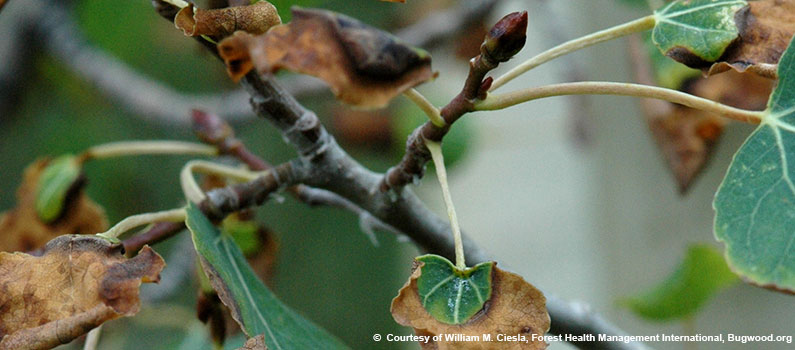
Bacterial Leaf Scorch
A newly recognized disease, bacterial leaf scorch affects a wide range of plant species. Oaks, sycamores, and elms are especially at risk. Foliage browning (scorching), followed by defoliation, occurs in mid to late summer. Branch dieback and subsequent decline occurs over a period of years. This eventually leads to the failure of the plant. This problem occurs most commonly on linden, maple, ash and cottonwood. Treatments are available to slow the decline and extend the
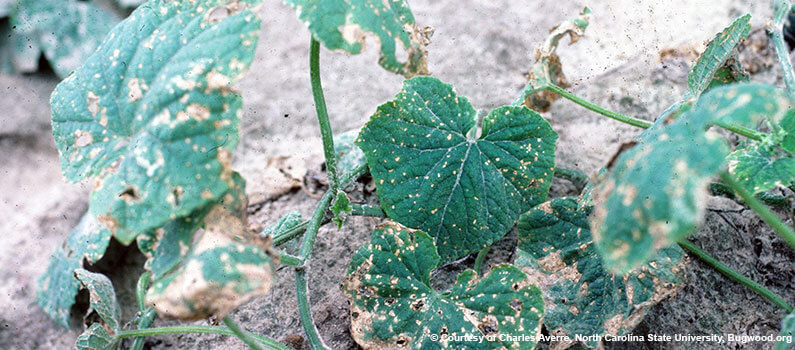
Anthracnose
Identifying the Threat of Anthracnose This fungus disease causes leaf, shoot, and bud blight on many deciduous trees, including sycamore, dogwood, oak, and maple. Favored by cool, rainy weather in spring, anthracnose will weaken and can kill highly susceptible species like dogwood. Management of this disease includes fungicide treatments in spring and maintaining plant health through proper fertilization, mulching, and irrigation during droughts. Early detection of Anthracnose is key to minimizing long-term damage. Watch for
